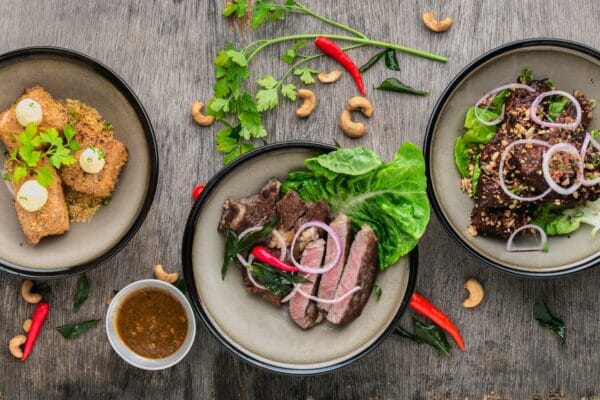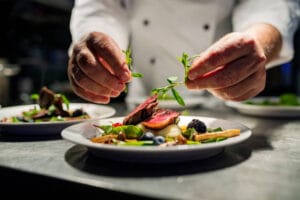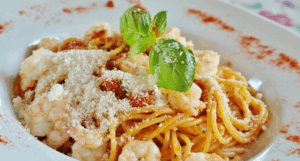Hong Kong: The Culinary Crossroads Shaping Global Gastronomy Forever

Hong Kong has a vibrant food scene. Its unusual history as a British colony and trade center blends old and new. East meets West in a blend of flavors. It has created signature fusion dishes rich in cultural diversity. The British colonial era brought in flavors like macaroni soup and egg tarts. They are now staples of Hong Kong cuisine. This great trading port-city embraced global flavors. It mixed Japanese, Korean, and Southeast Asian cuisines. Creative fusion thrives. Cha chaan tengs serve yuanyang and pineapple buns. High-end places like Bo Innovation reinvent Chinese cuisine using molecular gastronomy. Street food stalls sell fishball noodles, egg waffles, and stinky tofu. This shows their diverse offerings. Chefs from Hong Kong push their limits. They secure their fame as a gastroparadise that blends tradition with global inspiration.
Heart of Cantonese Culinary Heritage
Cantonese cuisine is key to Hong Kong’s food identity. It is known for its light flavors, fresh ingredients, and precise cooking methods. Steaming, stir-frying, and braising make roast duck, seafood, and congee taste better. Dim sum is a key part of this tradition. It includes hors d’oeuvres, har gow, siu mai, and char siu bao.
The city’s colonial history added some fusion touches. Local staples are egg tarts and macaroni soup. Cantonese cuisine, besides dim sum, includes soups, noodles, and rice dishes. They use sauces like oyster sauce and Shaoxing wine. Classical restaurants use traditional recipes. Modern chefs reinterpret the classics. So, this style is both classic and innovative.
Global Flavors Redefine Local Palates
Indulge in Hong Kong’s vibrant culinary scene, from al fresco hong kong dining to Michelin-starred restaurants. The city’s history as a trade hub, with a mix of cultures, enriches its food scene. It has influences from Japan, India, France, Italy, and others. Some Michelin-starred restaurants now serve fusion dishes. They blend global techniques with local traditions. High-quality, globally sourced ingredients have raised the bar.

Diners may savor authentic kaiseki, Indian curries, French haute cuisine, and Neapolitan pizzas. Food festivals and culinary tourism promote this variety. They keep Hong Kong’s reputation as a global melting pot of cuisines unchallenged.
Innovative Dining Beyond the Plate
Hong Kong’s dining is a mix of traditional, innovative, and creative. It now satisfies every palate and occasion. Dim sum brunches, a cultural staple, bind families. They do so in steamy baskets of dumplings and tea. Late-night dining thrives in street markets and high-end restaurants. They offer midnight feasts.
Themed experiences, from character-inspired meals to cultural immersion, merge dining with adventure. Restaurants focus on ambiance. They use elegant designs and dramatic presentations to elevate the meal. From social gatherings and business meetings to festivals, food creates memories. Hong Kong leads in dining innovation. Trends like sustainable dining and plant-based menus drive this. It also embraces tech-driven experiences.
Shaping Tomorrow’s Food Revolution
Hong Kong’s food scene is changing. Restaurants source locally, reduce waste, and offer plant-based dishes. Chefs use molecular gastronomy and 3D printing. Drones deliver food, robots cook, and AI recommends dishes. Social media fuels food trends and showcases the city’s culinary scene. Fusion cuisine, street food, and international collaborations excite diners. Hong Kong leads the way with sustainable, creative, and tech-driven dining.






